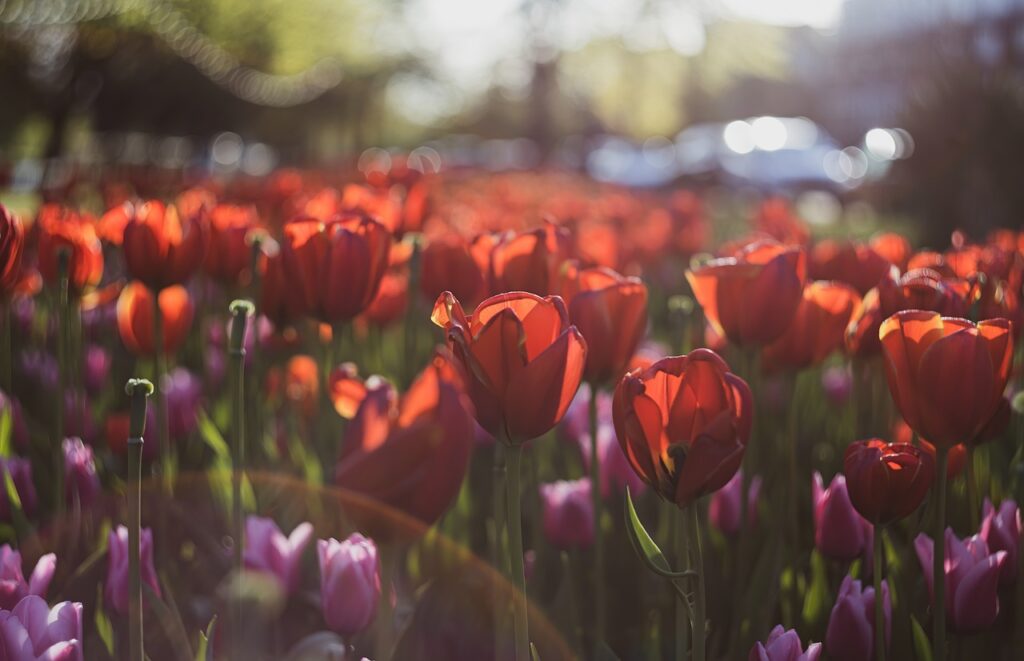Introduction:
Tulips, a symbol of springtime and beauty, have found a special place in the United Kingdom’s horticultural heritage. This article delves into the history, popularity, and cultivation of tulips in the UK.

Tulip Honey
Due to the tulips not producing much nectar, it is extremely hard for bees to produce Tulip Honey. While tulips do contribute to the overall biodiversity and support pollinators like bees, they are not a significant source of nectar for honeybees, and honey made exclusively from tulip nectar is not a common or viable product. Honey produced by bees reflects the diversity of the floral landscape around the hive, with the flavour and characteristics influenced by the variety of plants the bees visit.
Tulip nectar can typically be found in Wild Honey.
Historical Context: Tulips in the UK
Tulips made their way to the UK in the late 16th century, introduced by the renowned botanist Carolus Clusius. By the 17th century, tulips had gained popularity among British gardeners, and their cultivation flourished. The historic association of tulips with wealth and prosperity during the Tulipomanian era in the Netherlands also influenced British horticulture.
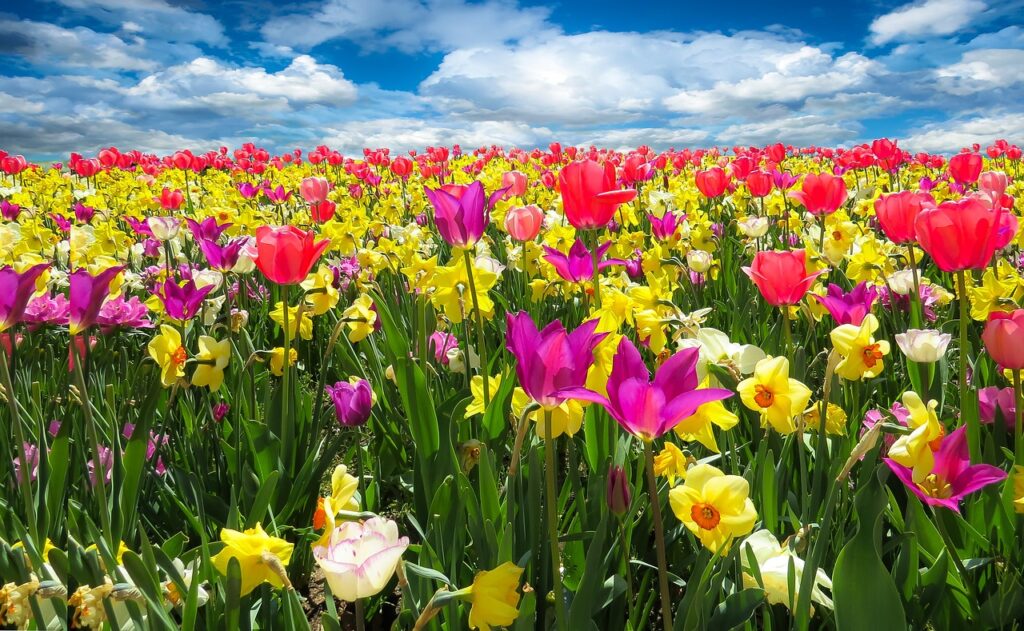
Royal and Public Gardens:
The UK boasts numerous gardens renowned for their tulip displays. The Royal Botanic Gardens at Kew, established in 1759, showcases a diverse collection of tulips. Similarly, the Keukenhof Gardens in the Netherlands, while not in the UK, is a popular destination for British tulip enthusiasts, featuring millions of tulips in various colours and varieties.
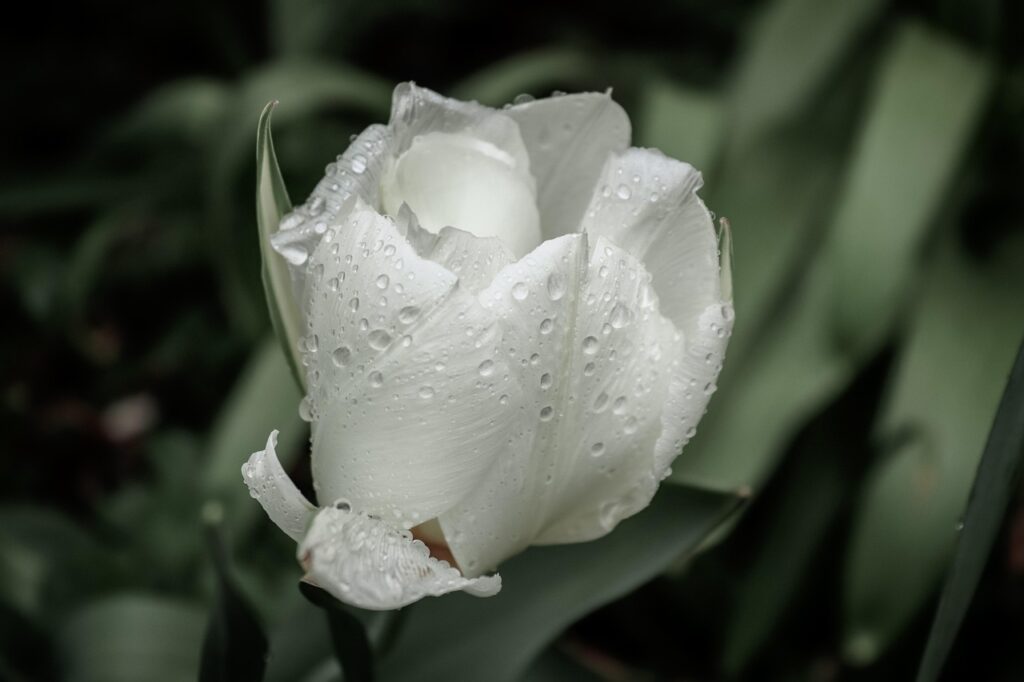
Cultural Significance:
Tulips hold cultural significance in the UK, symbolizing the arrival of spring and the renewal of life. These flowers are prominently featured in various festivals and events across the country, such as the Chelsea Flower Show. The UK’s passion for tulips is evident in the vibrant tulip fields and curated displays that attract both locals and tourists alike.

Varieties and hybridization:
The UK’s temperate climate provides an ideal environment for growing tulips, and British horticulturists have contributed to the development of unique varieties. Notable tulip breeders in the UK, such as the legendary Alan Bloom, have played a pivotal role in hybridization efforts, producing new and distinctive tulip cultivars.
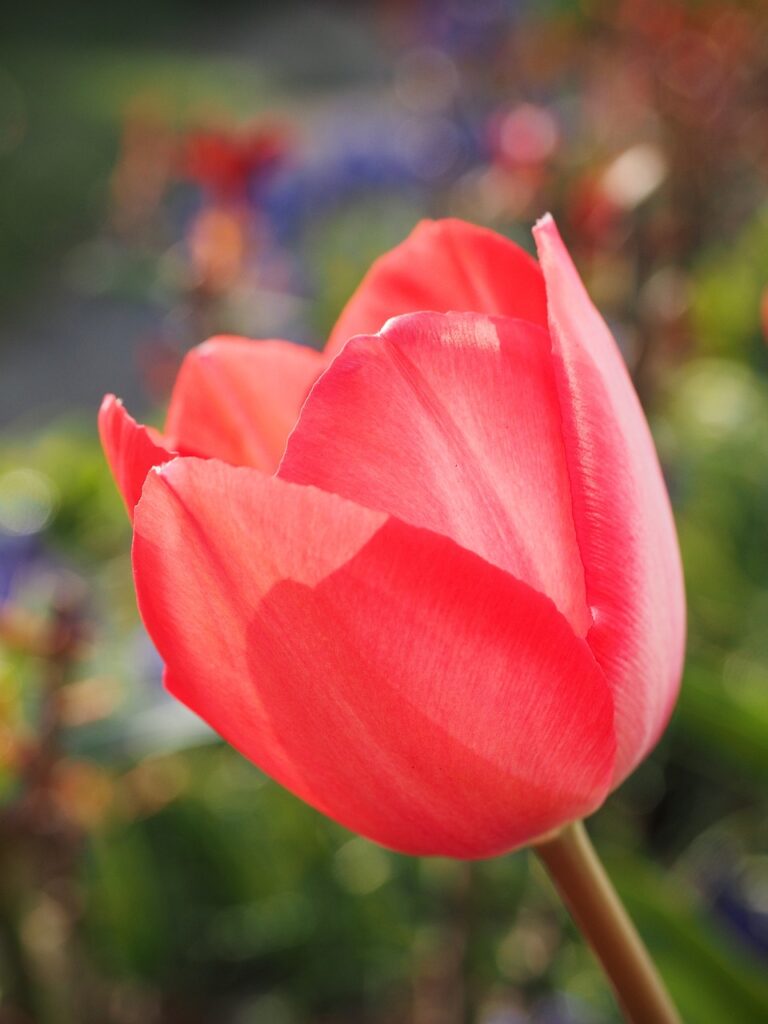
Cultivation and Gardening Tips:
Tulips are a popular choice for gardeners in the UK due to their adaptability and stunning visual impact. Planting tulip bulbs in well-drained soil during the autumn months ensures a vibrant display in spring. Various gardening publications and resources offer practical advice for cultivating tulips in the UK’s diverse climates.
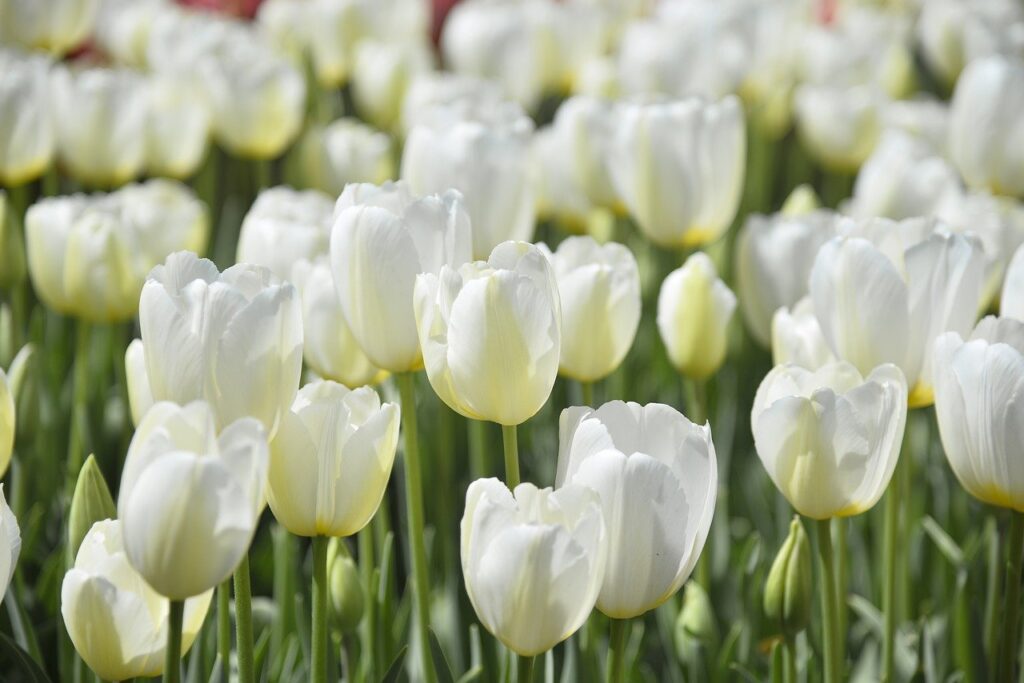
Conclusion:
Tulips have become an integral part of the UK’s floral landscape, captivating enthusiasts with their beauty and historical allure. From royal gardens to public displays, the presence of tulips in the UK reflects a longstanding fascination with these blooms. As gardeners continue to cultivate and appreciate tulips, the legacy of these flowers in the UK’s horticultural tradition remains strong.
References:
- Brickell, C., & Joyce, D. (2003). The Royal Horticultural Society Encyclopedia of Garden Plants. Dorling Kindersley.
- Phillips, R., & Rix, M. (1991). The Random House Book of Perennials: A Comprehensive Encyclopedia of More Than 1,000 Perennials from Around the World. Random House.
- Royal Botanic Gardens, Kew. (n.d.). Tulips at Kew Gardens. https://www.kew.org/kew-gardens/whats-in-the-gardens/tulips
- RHS Chelsea Flower Show. (n.d.). https://www.rhs.org.uk/shows-events/chelsea
- The Gardens Trust. (2021). Alan Bloom. https://thegardenstrust.org/alan-bloom/

